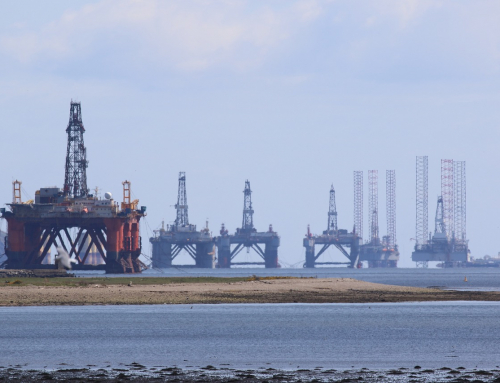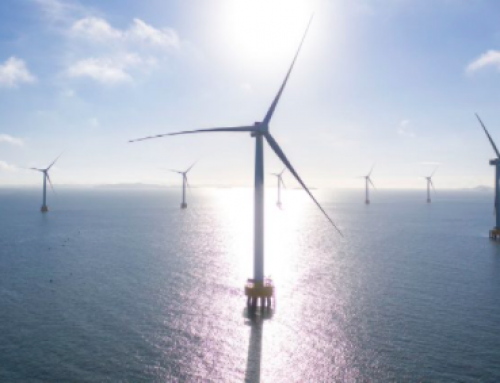By Barney Smith
Many years ago, when the world was young, we managed Oilbarrel, a successful website and conference business. Oil and gas were flavour of the month and the world’s largest company by market cap was ExxonMobil. How times have changed. Now, according to the Economist and the Financial Times, Nextera, a renewables company based in Florida, which generates electricity from wind and solar, at $147billion, has a market cap greater than ExxonMobile, which has lost 60 per cent of its market value. In the last three years, the index of US Energy companies shows an overall decline of 47 per cent, the figure for ExxonMobil is, at 52 per cent, slightly worse. By contrast, Nextera shows an increase of 112 per cent. When the company presented its annual figures on October 21,2020, net profit was up to $1.3billion, up by 13 per cent year on year, and had 15 GW of renewable projects in the pipeline, “more than their entire existing renewables portfolio.”
All this is what you would want if you were concerned about the Paris Agreement to limit emissions growth to less than 2per cent. For the brutal truth is that it will take a massive effort by the biggest players to keep within the figures agreed in Paris. Not only will it take a massive effort, it will also take a huge change in direction by some of the biggest oil and gas companies. BP is pledged to play its part in the forthcoming energy transition by changing from an oil company to an integrated energy company.

www.bpchargemaster.com
So there was considerable interest in the recent presentation of BP’s Q3 figures to see some flesh put on the bones and perhaps some indication of speed and direction for the future. Bernard Looney, the CEO, began with some very modern, though very general, sentiments. Then he noted that in the short term the only way to generate the cash for the necessary investment in renewables was to use the cash from efficient oil and gas projects. He saw no contradiction here; BP brought two new major upstream schemes into production since mid-year: Atlantis Phase 3 in the US Gulf of Mexico and Khazzan Phase 2 (Ghazeer) in Oman. He also issued a reminder that BP was to sell its petrochemical business to INEOS for a potential $5 bn, thus reducing debt, an important “oil” objective. Indeed, BP was targeting a reduction in oil and gas production by 40 per cent by 2030, though at the same time to become an industry leader in terms of efficiency and performance.
That is fine, but what does it mean for renewables? There was not yet much concrete in terms of expenditure. Looney picked out the decision to enter the off-shore wind sector through a partnership with Equinor, including taking a half share in two leases of the east coast of the US. (The sum inked in is $1.1 billion, so big enough to be significant, but it is the UK which is the world leader in off-shore wind). On electric vehicles, the other fashionable topic, there was only limited progress to report. Looney repeated BP’s plans for a network of ultra-fast chargers in Germany and announced that BP Chargemaster had won a contract to deliver over 1,000 charging points for Police Scotland. (Worth bearing in mind that the target is 75,000 charging points by 2030, starting from a base of no more than 8,500 today)
These are early days, but Looney will need to come up with some pretty substantial expenditure on renewables and decarbonisation if he is to be believed when he talks of a major change of direction for BP.





